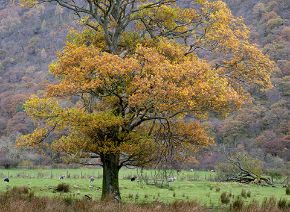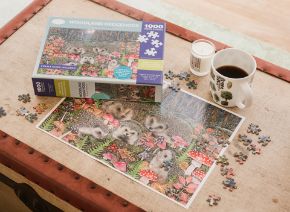Hornbeam
Carpinus betulus
Often confused with common beech, you can tell hornbeam apart by its doubly serrated leaf edges (beech has wavy edged leaves with small hairs). The catkins of hornbeam open in spring and develop into papery green winged fruits that hang in tiered clusters through autumn. Later in the year the leaves turn golden yellow and orange. Hornbeam provides structure when grown alone or can be used in hedging.
Estimated full grown height:
30 metres, growing an estimated 30-60cm each year.
Purchase size and growth:
These trees are cell-grown saplings, ranging from approximately 15cm-60cm in height. Cell grown trees can be planted all year round in most situations as long as they are given the correct care. Please be aware that depending upon the time of year you receive your sapling (particularly early spring) it may not look very perky upon arrival, please do not worry once it has been planted it should pick up quickly.
Value to wildlife:
A hornbeam hedge keeps its leaves all year round, providing shelter, roosting, nesting and foraging opportunities for birds and small mammals. Hornbeam is the food plant for many insects as well as finches, tits and small mammals who eat the seeds in autumn.
Hornbeam preferred soil type or environmental conditions:
This hardy species can withstand severe weather and grows in almost any well-drained soil and light levels.
UK and Ireland Sourced and Grown (UKISG):
Every sapling that we provide is UK and Ireland sourced and grown to minimise the risk of importing and spreading tree pests and diseases. Seeds are collected and stored in the UK and Ireland, and they are all coded and batched so that we can track each individual tree.
Learn more about this species on our hornbeam profile.
The images in this product listing show the saplings bundled and wrapped. This plastic wrap is made from LDPE (low-density polyethylene) and is 100% recyclable, we encourage users to recycle them when you are ready to plant your trees.


























